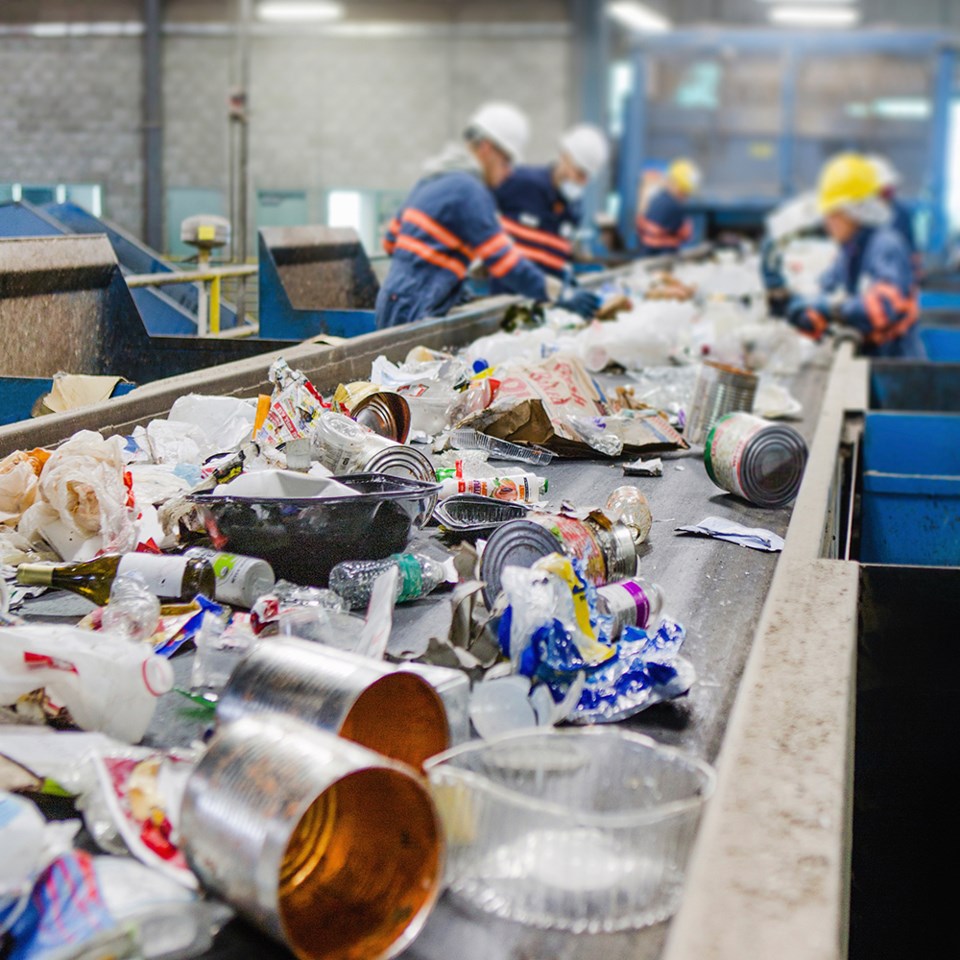Is the recycling system broken?
In the not-too-distant past, Canadian recycling hit the headlines when literal boatloads of recycling were being turned away from many international ports. Since then, we have heard about low plastic recycling rates and tales of recycling ending up in landfills. It’s no wonder we want to know if all our efforts to recycle are worth it in the end.
Understanding recycling in BC is no small task. There are 22 separate producer-paid recycling programs in the province alone, and that distinguishes it as being much better served than the rest of the country, let alone the continent.
Many of us think of recycling as the materials we put in our curbside bins or save up to bring to one of our seven rural depots, or Augusta Recyclers. We can drop off anything from a disposable coffee cup to a dog food bag to a pickle jar at depots, and most also accept household batteries and light bulbs. Town Centre Recycling Depot additionally accepts small appliances and kitchen scraps.
Recycle BC is the nonprofit that all of our curbside collection is sent to, along with the bulk of rural recycling depot materials. Established in 2014, Recycle BC manages the province’s residential packaging and printed paper recycling program, now in more than 190 communities. At its outset, the qathet region experienced significant improvements to residential recycling nearly overnight.
Enclosed facilities with depot staff became the norm and we said goodbye to our previously high rates of contamination, which resulted in up to 40 per cent of our recycling going to the landfill. Notably and much to many people’s surprise, the qathet region’s glass was being collected but was not being recycled prior to this changeover.
Right out of the gate, Recycle BC set itself apart by keeping all of its processing of collected materials, except paper, in North America. When China, the main importer of paper and plastic recyclables worldwide, imposed bans on dozens of recyclables in 2018, this allowed Recycle BC to remain resilient, having already established end markets closer to home.
According to Recycle BC’s 2022 annual report, more material was shipped to local North American end markets, predominantly in the Pacific Northwest, than ever before. Materials shipped include all glass and metal, 98 per cent of plastic and 60 per cent of paper materials.
This year, two of Recycle BC’s streams merged into one, making the recycling of laminate plastics (chip bags, cheese wrappers, zipper locked bags, et cetera) possible. Previously it was being collected for research purposes but not being recycled back into plastic pellets.
The public can now collect all flexible plastics and deliver them to their nearest depot, rather than sorting into two categories, notoriously confusing in the past. For a complete list of what is included in this new category, visit RecycleBC.ca.
Overall, 95 per cent of what is recovered through curbside recycling and depots by Recycle BC is recycled into another product or packaging. They have a recovery rate of 86 per cent, meaning that “only” 14 per cent of potentially recyclable residential packaging and printed paper in BC is not returned by residents.
While heartening statistics to some, even a grade schooler knows recycling is at the bottom of the zero-waste pyramid. Reducing our consumption in the first place by using refillable containers, shopping in bulk and bringing a basket to the store is much more effective.
Buying items secondhand circumnavigates packaging altogether, and also gains a planetary applause.
Let’s Talk Trash is contracted by qathet Regional District to deliver its waste reduction education program. For more information, email [email protected] or go to LetsTalkTrash.ca.



